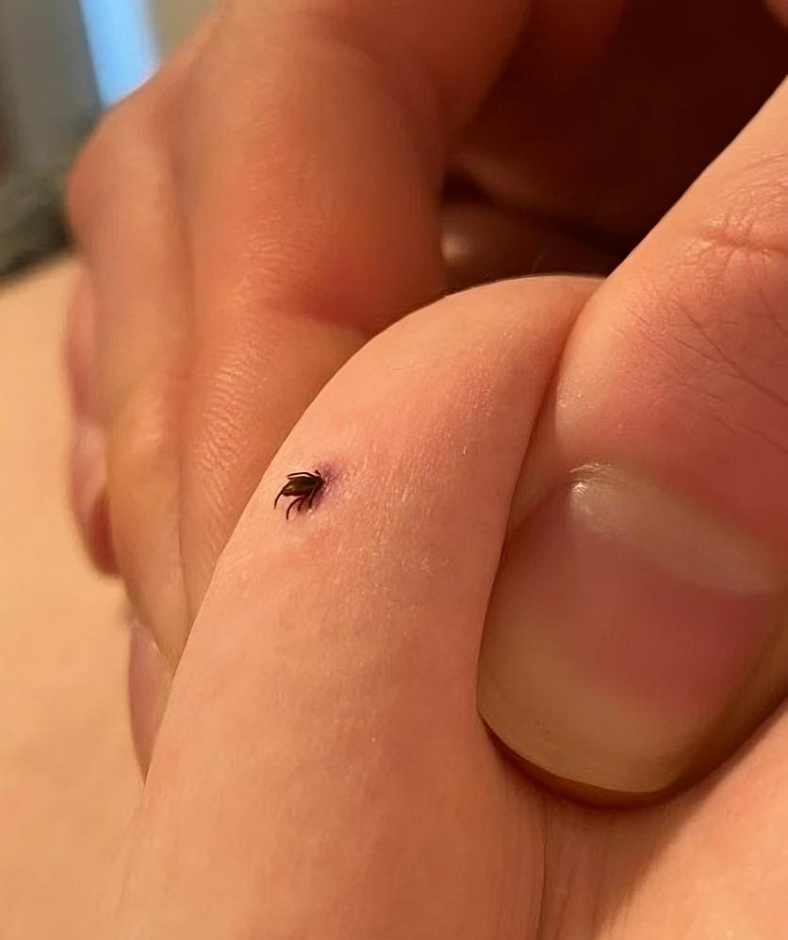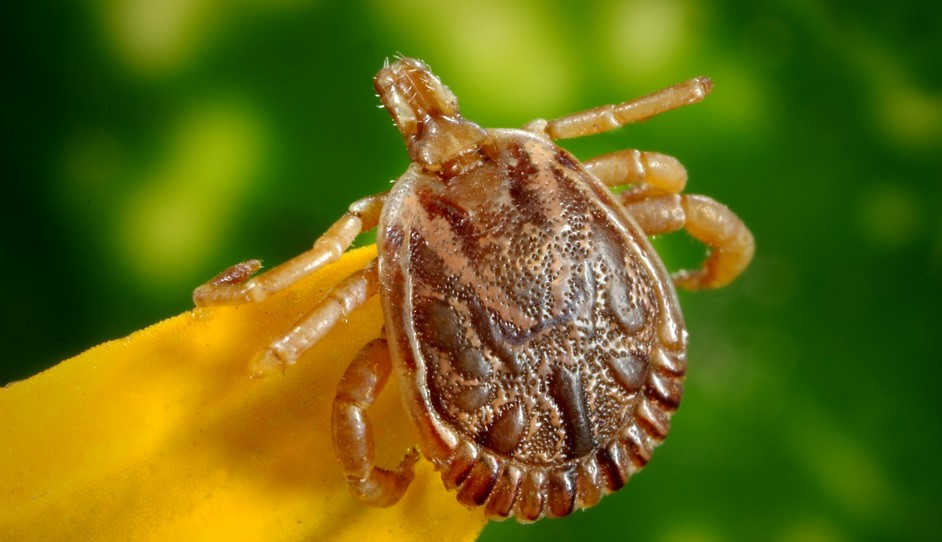Ticks may be small, but their impact can be severe, especially when they invade your home. These tiny, blood-sucking parasites don’t just cause discomfort—they can transmit serious diseases like Lyme disease, Rocky Mountain spotted fever, and tularemia. However, with some knowledge and a proactive approach, you can effectively manage ticks and keep your home safe. Let’s dive into the essentials of tick identification, removal, and prevention to protect your family and pets.
Understanding Ticks: What Are They and Why Are They Dangerous?

Ticks are parasitic arachnids that feed on the blood of animals and humans. They’re notorious for their ability to spread diseases through their bites, making them a significant health threat. The diseases transmitted by ticks, such as Lyme disease, can lead to long-term health problems if not treated promptly.
Ticks are commonly found in grassy, wooded areas, but they can easily make their way into your home, especially if you have pets. Their small size allows them to latch onto clothing, pets, or even your skin, hitching a ride right into your living space. Knowing how to identify and deal with ticks is the first step to safeguarding your family.
Step One: Identifying the Tick Species
Not all ticks are the same, and some species are more dangerous than others. Identifying the type of tick is crucial, as different ticks carry different diseases. Here are a few common species to watch out for:
- Deer ticks (Blacklegged ticks): Known carriers of Lyme disease, these ticks are small, with black legs and a reddish-brown body.
- American dog ticks: Typically larger, these ticks can transmit Rocky Mountain spotted fever.
- Lone star ticks: Recognizable by a distinctive white dot on their back, these ticks can carry tularemia and other diseases.
If you find a tick, take a close look or snap a clear photo, then consult with a pest control expert or medical professional. They can help you determine the species and advise you on any additional steps based on the specific tick found.
Step Two: Safely Removing a Tick
Once you’ve identified the tick, it’s time for safe removal. Here’s a step-by-step guide to getting it out without leaving behind any parts that could cause an infection:
- Use the Right Tools: Grab a pair of fine-tipped tweezers or a specialized tick removal tool.
- Grip the Tick: Hold the tick as close to the skin as possible, aiming to get a firm grip on its head.
- Pull Steadily: Gently pull the tick straight out with a steady motion. Avoid twisting or jerking, as this can cause the tick’s head to break off and stay in the skin.
- Dispose of the Tick: Place the tick in a sealed plastic bag or container and throw it away in an outdoor garbage bin. Crushing a tick with your fingers can release pathogens, so always handle it with care.
Step Three: Disinfect the Area and Monitor for Symptoms
After removing the tick, it’s essential to clean the affected area to prevent infection. Use soap and warm water, followed by rubbing alcohol or hydrogen peroxide to disinfect the bite area. Over the next few weeks, keep an eye out for any symptoms of tick-borne illnesses, such as fever, rash, or muscle aches. If any symptoms arise, seek medical attention right away.
Inspecting Your Home for Additional Ticks
Ticks don’t usually infest homes in the same way as fleas or bedbugs, but it’s wise to thoroughly inspect your living space, especially if you have pets. Here’s where to focus your search:
- Bedding and Furniture: Check where pets sleep or lounge. Ticks often fall off their host after feeding, making these spots common resting places.
- Carpets and Rugs: Use a vacuum with strong suction to remove any potential ticks from carpets and rugs, where they may hide in fibers.
- Pet Fur: Brush your pet’s fur with a fine-toothed comb after outdoor activities. This simple step can help you catch ticks before they become a bigger problem.
Preventing Tick Infestations: Keep Your Home Tick-Free
Preventing ticks in your home involves a combination of cleanliness, maintenance, and preventive measures. Here are some effective strategies to consider:
- Regular Cleaning: Vacuum frequently, paying close attention to areas where pets spend time. Cleaning reduces the chance of ticks making a home in your carpets or furniture.
- Seal Entry Points: Check your home for any cracks or gaps that may allow ticks to enter. Seal these areas, focusing on windows, doors, and foundations.
- Use Tick Prevention for Pets: Speak with your veterinarian about tick prevention treatments for pets. Collars, topical treatments, and oral medications can all provide protection.
- Wear Protective Clothing: When spending time outdoors, especially in wooded areas, wear long sleeves, pants, and socks. Tucking pants into socks creates an additional barrier that ticks have to bypass.
Understanding Tick-Borne Diseases and When to Seek Help

Ticks are vectors for several diseases that can impact both humans and animals. Some of the most common tick-borne illnesses include:
- Lyme Disease: Characterized by symptoms such as fever, headache, fatigue, and a bull’s-eye-shaped rash. Left untreated, it can lead to joint pain, heart problems, and neurological issues.
- Rocky Mountain Spotted Fever: Symptoms include fever, rash, and muscle aches. This disease can be fatal if not treated early.
- Tularemia: Often causes fever, skin ulcers, and swollen lymph glands. Although rare, it can be severe if not addressed.
If you notice any unusual symptoms after a tick bite, don’t wait. Seek medical attention as soon as possible, and let your healthcare provider know about the tick exposure. Early diagnosis and treatment are crucial in managing tick-borne illnesses effectively.
Conclusion: Protect Your Home and Health from Ticks
Ticks may be small, but the threat they pose is anything but insignificant. Understanding the dangers associated with these parasites—and how to prevent them—can make all the difference in protecting your home and loved ones. By taking the time to identify, remove, and prevent ticks, you’ll be taking proactive steps toward a healthier, safer living environment.
With a few preventive measures, regular checks, and the right knowledge, you can reduce the risk of tick infestations and enjoy peace of mind in your own home. Remember, the best defense against ticks is a well-informed and proactive approach. So next time you or your pet spend time outdoors, take a moment to check for ticks, knowing that you’re protecting your family from these potentially dangerous parasites.


